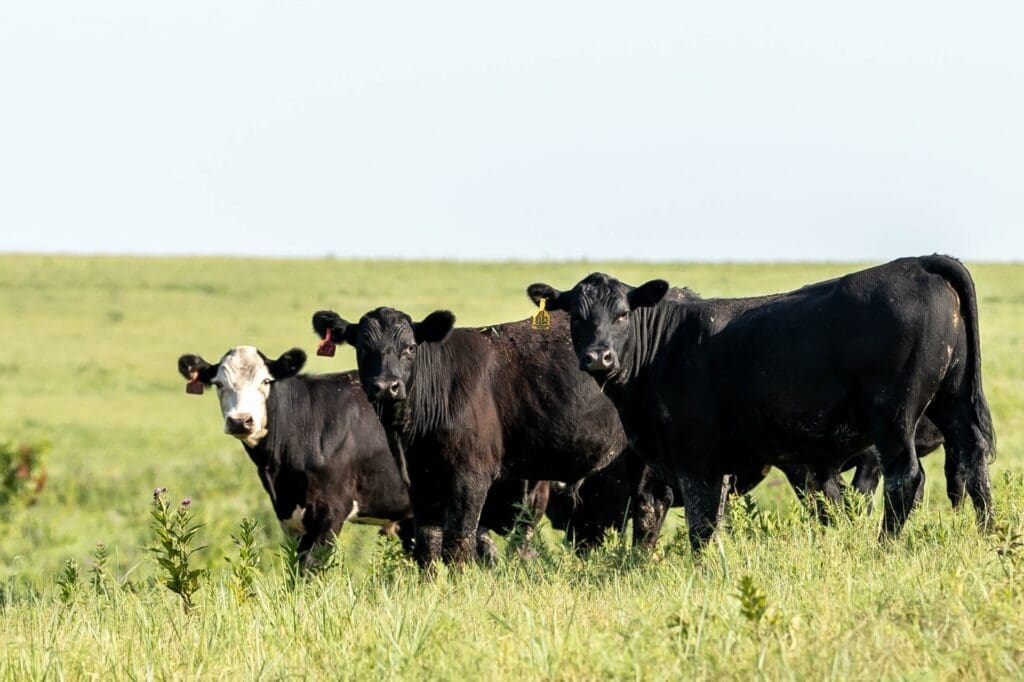By Trish Svoboda
Personalized prevention programs for pink eye, an acute eye disease affecting cattle, are proving highly effective for suppressing infections, according to a Kansas State University veterinarian. Gregg Hanzlicek explained the shift towards autogenous and prescription vaccines due to the many strains of pink-eye-causing bacteria, which often do not receive adequate cross-protection from commercial vaccines.
While commercial vaccines have been available for a long time, the recent push towards farm-specific bacteria programs could lead to fewer outbreaks. Autogenous vaccines involve veterinarians collecting eye swabs from affected animals and sending the bacteria to a lab to create a specific vaccine for that ranch. These tailored vaccines have shown significant effectiveness in field reports.
The four main bacteria causing pink eye include Mycoplasma bovis, Mycoplasma bovoculi, Moraxella bovis, and Moraxella bovoculi. Pink eye infections occur when the cornea’s integrity is compromised, allowing bacteria to infect the eye.
Producers need to monitor eye injuries in their cowherd vigilantly to prevent escalation. Early symptoms include runny eyes and sensitivity to light, progressing to severe cases where vision loss becomes permanent if untreated. Pests, harsh climates, and feeding methods can contribute to pink eye outbreaks.
Face flies, house flies, and dust from droughts or feeding can damage the eyes, leading to infections. Consulting a local veterinarian is recommended to determine the best prevention method for pink eye.













